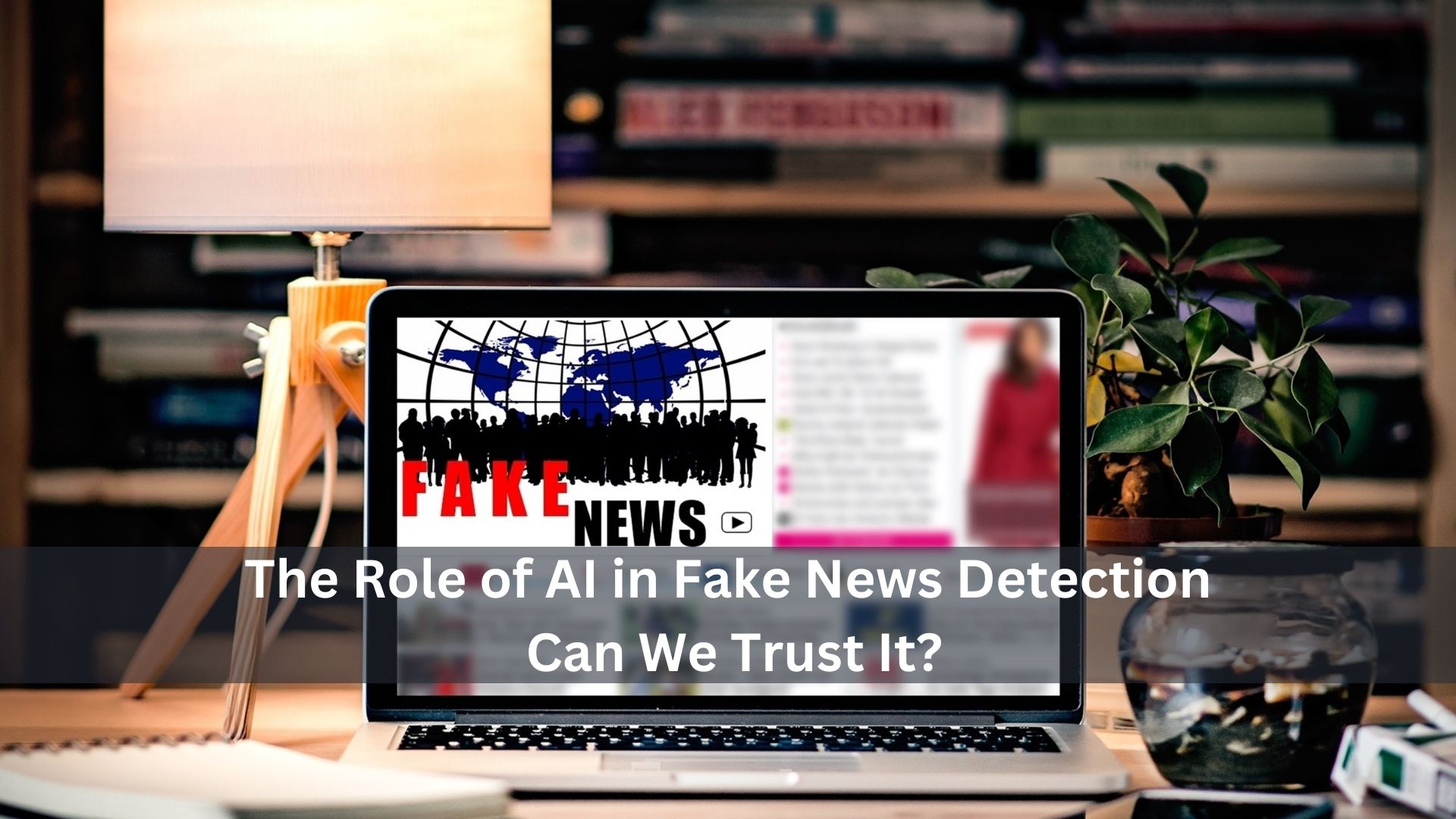Fake news has become a growing problem in the digital age, influencing public opinion, spreading misinformation, and even affecting elections. As the volume of online content skyrockets, AI is being deployed as a key tool to detect and combat fake news. But can we trust AI to distinguish fact from fiction? Let’s explore the role of AI in phony news detection and its limitations.
1. How AI Detects Fake News
a. Natural Language Processing (NLP)
Using NLP models, AI-powered systems analyze text for inconsistencies, biases, and misleading information. Tools like GPT and BERT can process vast amounts of data to identify suspicious content.
b. Fact-Checking Algorithms
AI cross-references claim against verified sources and fact-checking databases such as Snopes, PolitiFact, and FactCheck.org to validate the accuracy of information.
c. Image and Video Analysis
Deepfake detection AI scans images and videos for manipulation, analyzing metadata and inconsistencies in lighting, shadows, and facial expressions to spot fakes.
d. Social Media Behavior Analysis
AI identifies fake news by analyzing sharing patterns, bot activities, and misinformation networks that amplify false narratives.
2. Challenges and Limitations of AI in Fake News Detection
a. Bias in AI Algorithms
AI models are only as good as the data they are trained on. AI may fail to detect or reinforce certain biases if training datasets contain biased information.
b. Contextual Misinterpretation
AI can struggle with sarcasm, satire, and nuanced language, leading to false positives or missing subtle misinformation.
c. Evasion Techniques
Misinformation creators continually adapt, using sophisticated techniques to bypass AI detection, making it an ongoing challenge to stay ahead.
d. Ethical and Privacy Concerns
AI-driven content moderation raises questions about censorship, free speech, and the ethical responsibility of tech companies in deciding what is considered “fake news.”
3. The Future of AI in Fake News Detection
AI must be complemented by human fact-checkers, transparent algorithms, and better regulatory frameworks to improve reliability. AI alone may not be a perfect solution, but it plays a crucial role in identifying and mitigating misinformation at scale.
Conclusion
While AI is a powerful tool in the fight against fake news, it is not infallible. The best approach is a hybrid system where AI enhances human fact-checking efforts. As AI evolves, can we strike the right balance between automation and human oversight in the battle against misinformation?
What are your thoughts on AI’s role in detecting fake news? Share your opinions below!

